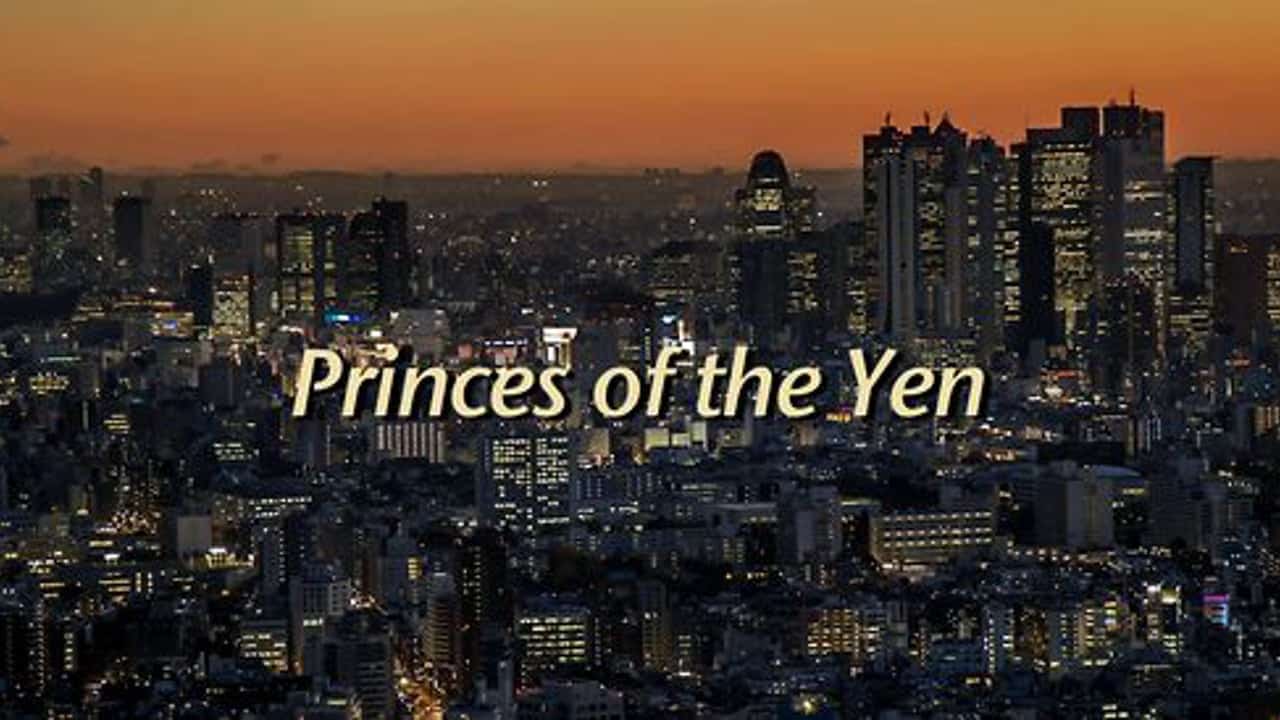Princes of the Yen
Princes of the Yen explores the role of central banks in shaping economic, political, and social structures, focusing primarily on Japan’s post-World War II economic journey. Based on the book by Professor Richard Werner, it unveils the hidden mechanisms behind Japan’s rapid economic growth and subsequent financial crisis.
The film begins by setting the stage in post-war Japan, a country devastated by conflict but poised for an extraordinary economic transformation. It introduces viewers to the concept of “window guidance,” a powerful tool employed by the Bank of Japan to control the flow of credit in the economy. This mechanism, carried over from wartime economic policies, allowed the central bank to dictate the number and value of loans issued by commercial banks, as well as the industrial sectors to which these loans should be allocated.
Through this system, Japan achieved remarkable economic growth, becoming one of the world’s largest economies in just a few decades. The documentary explains how this rapid development was not solely the result of free-market forces, as often portrayed, but rather a carefully orchestrated process guided by economic planners and central bankers.
As the narrative progresses, Princes of the Yen reveals how the Bank of Japan used its power to create one of the most spectacular economic bubbles in modern history during the 1980s. By continuously increasing loan quotas for commercial banks, the central bank pumped enormous amounts of money into real estate and the stock market. This led to astonishing valuations, such as a single Tokyo district being worth more than the entire country of Canada.
The documentary then shifts focus to the subsequent crash in the early 1990s, when the stock market plummeted by 80% and house prices fell by up to 84%. It argues that the Bank of Japan could have engineered a recovery at any time but chose to keep Japan in a state of deflation. This decision, according to the film, was part of a larger plan to transform Japan’s economic, political, and social systems.
Throughout the documentary, viewers are introduced to key concepts in central banking and monetary policy. It explains how central banks can create economic booms and busts by manipulating the money supply, and how these actions can be used to shape public consensus for broader changes in society.
The film draws parallels between Japan’s experience and contemporary events in Europe, suggesting that similar mechanisms are at play in the Eurozone. It highlights the significant power wielded by central banks and questions the extent of their influence on national and global economies.










